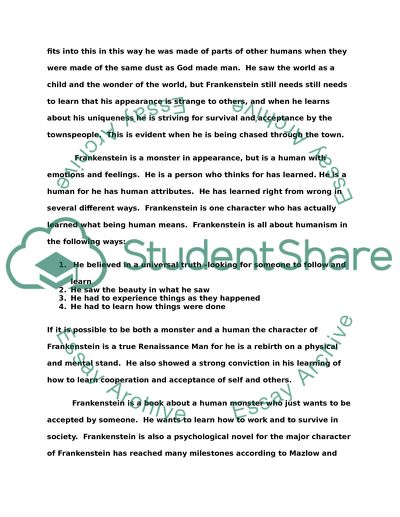Cite this document
(“Frankenstein by Mary Shelley Research Paper Example | Topics and Well Written Essays - 1250 words”, n.d.)
Frankenstein by Mary Shelley Research Paper Example | Topics and Well Written Essays - 1250 words. Retrieved from https://studentshare.org/literature/1455221-see-attached
Frankenstein by Mary Shelley Research Paper Example | Topics and Well Written Essays - 1250 words. Retrieved from https://studentshare.org/literature/1455221-see-attached
(Frankenstein by Mary Shelley Research Paper Example | Topics and Well Written Essays - 1250 Words)
Frankenstein by Mary Shelley Research Paper Example | Topics and Well Written Essays - 1250 Words. https://studentshare.org/literature/1455221-see-attached.
Frankenstein by Mary Shelley Research Paper Example | Topics and Well Written Essays - 1250 Words. https://studentshare.org/literature/1455221-see-attached.
“Frankenstein by Mary Shelley Research Paper Example | Topics and Well Written Essays - 1250 Words”, n.d. https://studentshare.org/literature/1455221-see-attached.


